Gluten-Free Cinnamon Rolls made dairy-free are perfectly sweet and cinnamony. These soft yet crispy sweet rolls taste rich with layers of cinnamon-sugar fluff. This no-knead cinnamon roll recipe is a fun baking project and is loved by even those who eat gluten and dairy.
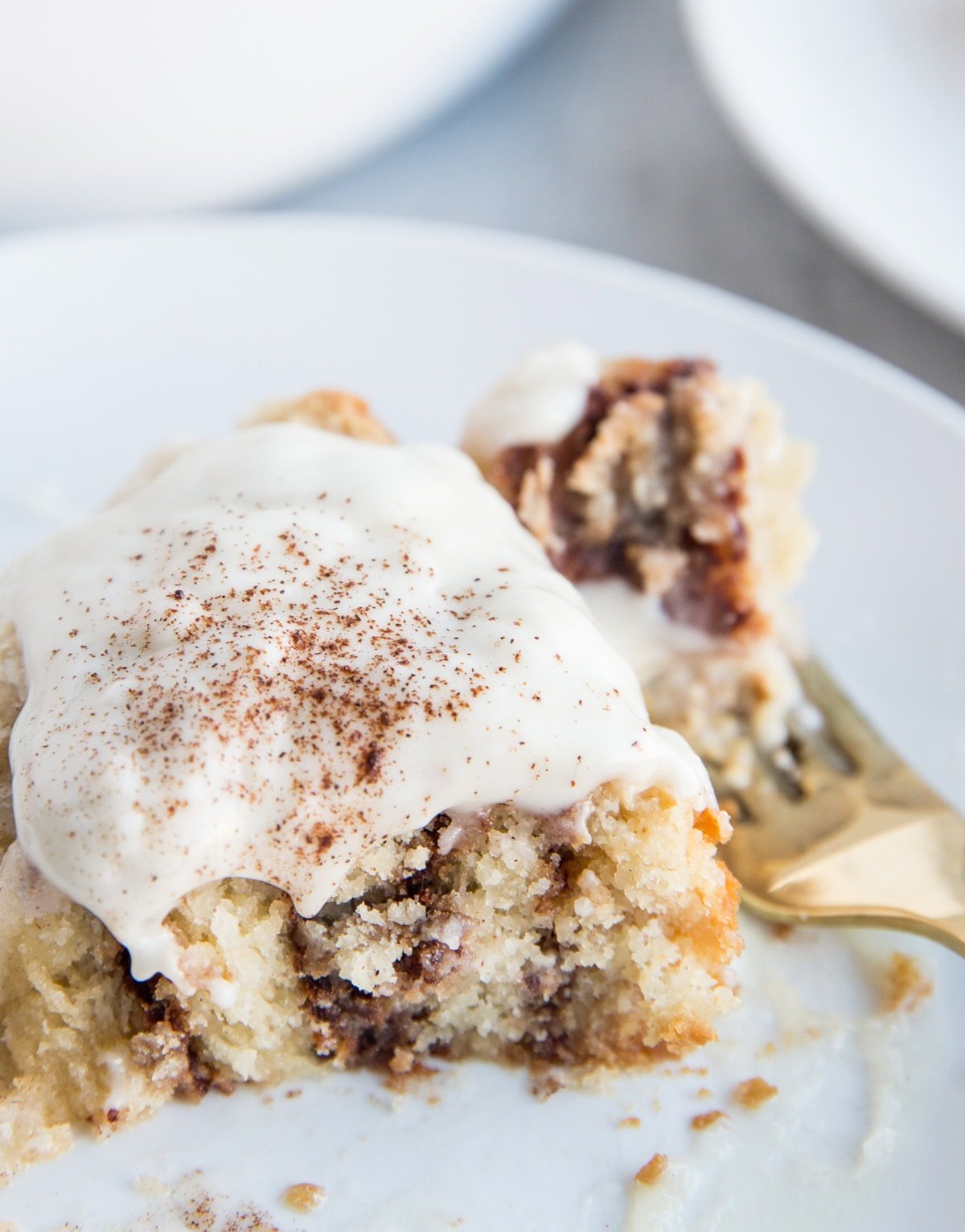
My favorite part about baking cinnamon rolls is the way the yeasty dough smells.
That warm fermented scent is so inviting and brings life into the kitchen!
The process of yeast consuming, reproducing, and growing is an incredible symphony that is easy to take for granted.
Having grown up in a household where my mom was constantly baking fresh bread, cinnamon rolls, or some sort of pastry, the scent of yeast working its magic is one of the most comforting smells.
In fact, cinnamon rolls were often our special holiday breakfasts when we were growing up.
Full disclosure: cinnamon rolls require a bit of time to prepare, which is why we typically only make them for special occasions like Christmas morning.
The good news is, you won’t need to do any kneading as there is no gluten to knead!
So put on some of your favorite jams or a podcast, get those fuzzy socks on, sip some hot cocoa, and rejoice in the beautiful art of baking!
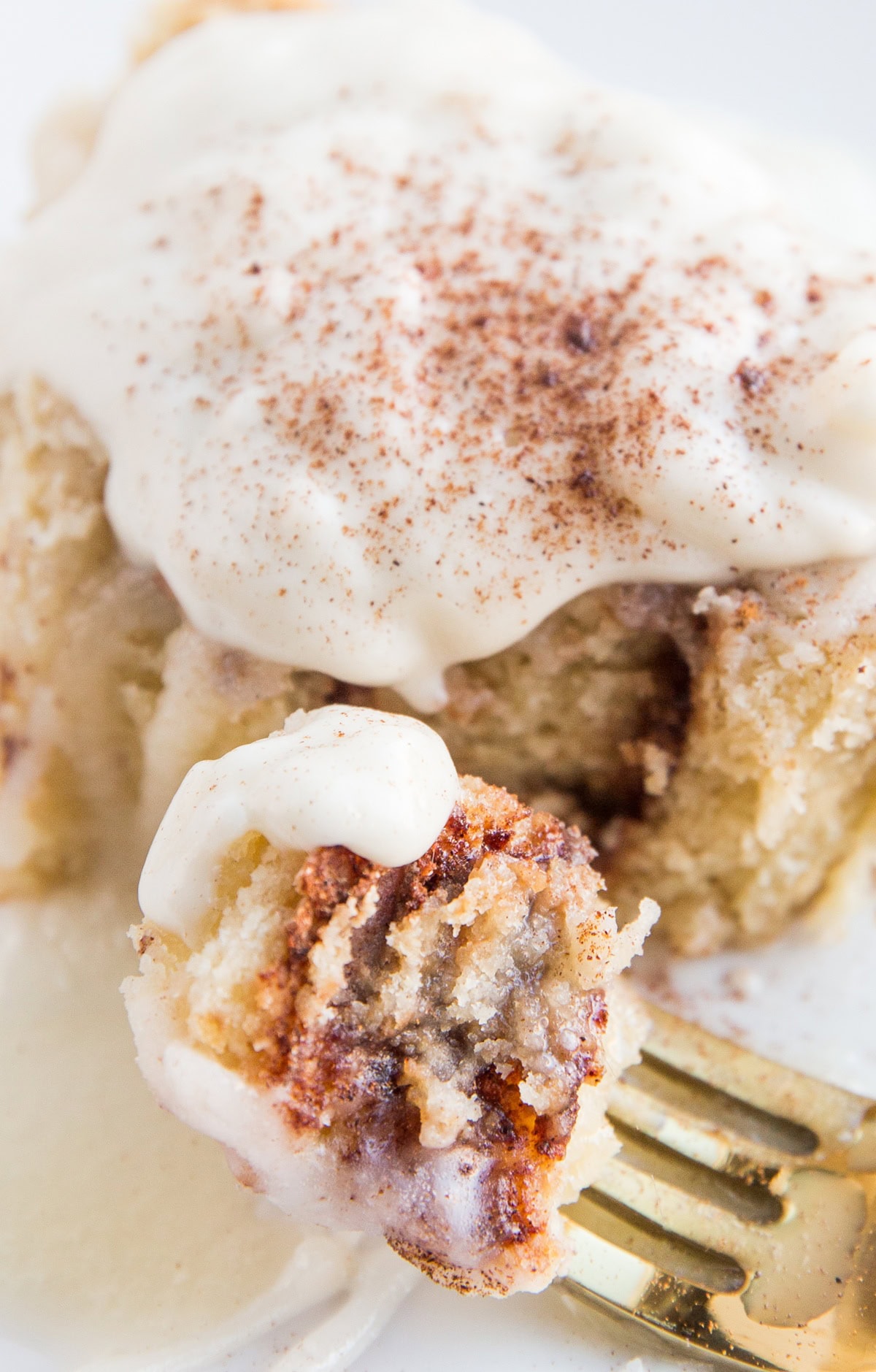
Ingredients for Gluten-Free Dairy-Free Cinnamon Rolls:
Full-Fat Canned Coconut Milk: In order to make these cinnamon rolls dairy-free, I use full-fat canned coconut milk. It is imperative that the coconut milk be full-fat, or else the fat content of the cinnamon rolls won’t be right and the bake will be off.
If you do dairy, you can replace the coconut milk with 1 cup of whole milk and ¼ cup of melted butter in the cinnamon roll dough. Or, use heavy cream.
Sugar: We use three types of sugar in this recipe! Regular granulated sugar, powdered sugar, and brown sugar are needed to make these cinnamon rolls. You can do as I did and use sugar-free granulated sweetener, sugar-free brown sugar, and sugar-free confectioners sugar to keep the sugar content low, or use regular sugars.
I haven’t tested the recipe using coconut sugar, but I’m confident it will work for the cinnamon rolls, and you can use pure maple syrup and coconut milk for the glaze.
Instant Yeast: Yeast makes the rolls rise and gives it that cozy fluff! Be sure you use active dry yeast that isn’t expired.
Egg: Used for binding and for fluffing the rolls, we need an egg to ensure the rolls rise up and hold together.
Gluten-Free Flour Blend: Making cinnamon rolls gluten-free is actually very simple using a gluten-free flour blend. I use Bob’s Red Mill’s Gluten-Free 1-to-1 Baking Flour, which can be used as a 1:1 replacement for regular flour. Various brands have different absorbencies, but King Arthur’s Measure for Measure and Pamela’s should work with the same quantity.
Baking Powder: Used for leavening the cinnamon rolls, baking powder ensures it all holds together.
Cinnamon: The star of the show! Cinnamon is what makes cinnamon rolls ultra cozy with layer upon layer of gooey, soft, fluffy bliss.
Pure Vanilla Extract: For luscious warm flavor!
Sea Salt: Sea salt brings out the sweetness of the rolls and enhances the flavors for a well-rounded experience.
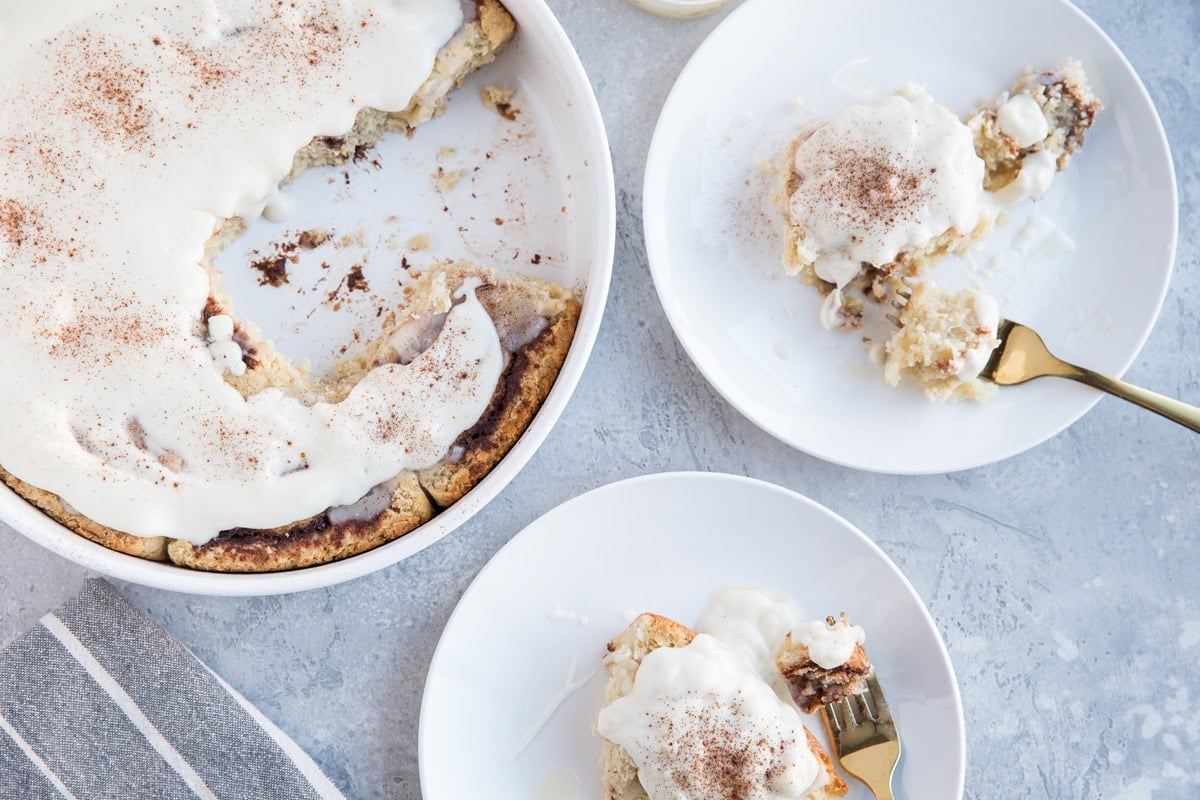
Recipe Tips:
- Read all the instructions before you start. Because there are multiple parts to this recipe, it will save you time in the long run if you know how it will all play out before you begin.
- Be sure to use a thermometer to check the temperature of the coconut milk before adding the yeast. It must be between 110 and 120 degrees F. If it’s too cool, the yeast will not activate, and if it’s too warm, the yeast will die.
- If you have a bread proofing option on your oven, use it for allowing the dough to rise. The warm water shouldn’t be any hotter than 120 degrees F.
- The coconut oil needs to be very soft and easily spreadable for the filling, but not melted. If your coconut oil is solid, microwave it for 10 second increments until it has softened to a spreadable consistency, or bring it to room temperature by setting it on the counter before starting the recipe.
How to Make Gluten-Free Dairy-Free Cinnamon Rolls:
Make the Cinnamon Roll Dough:
Get out a large mixing bowl – you will use it for the cinnamon roll dough. Heat the coconut milk and 1 tablespoon of the sugar to about 110 to 115 degrees F either on the stovetop or in the microwave. Transfer the coconut milk to the mixing bowl and sprinkle the yeast on top. Whisk well until incorporated into the coconut milk.
Allow this mixture to sit for 8 to 10 minutes, until the yeast is very fragrant and the mixture appears foamy.
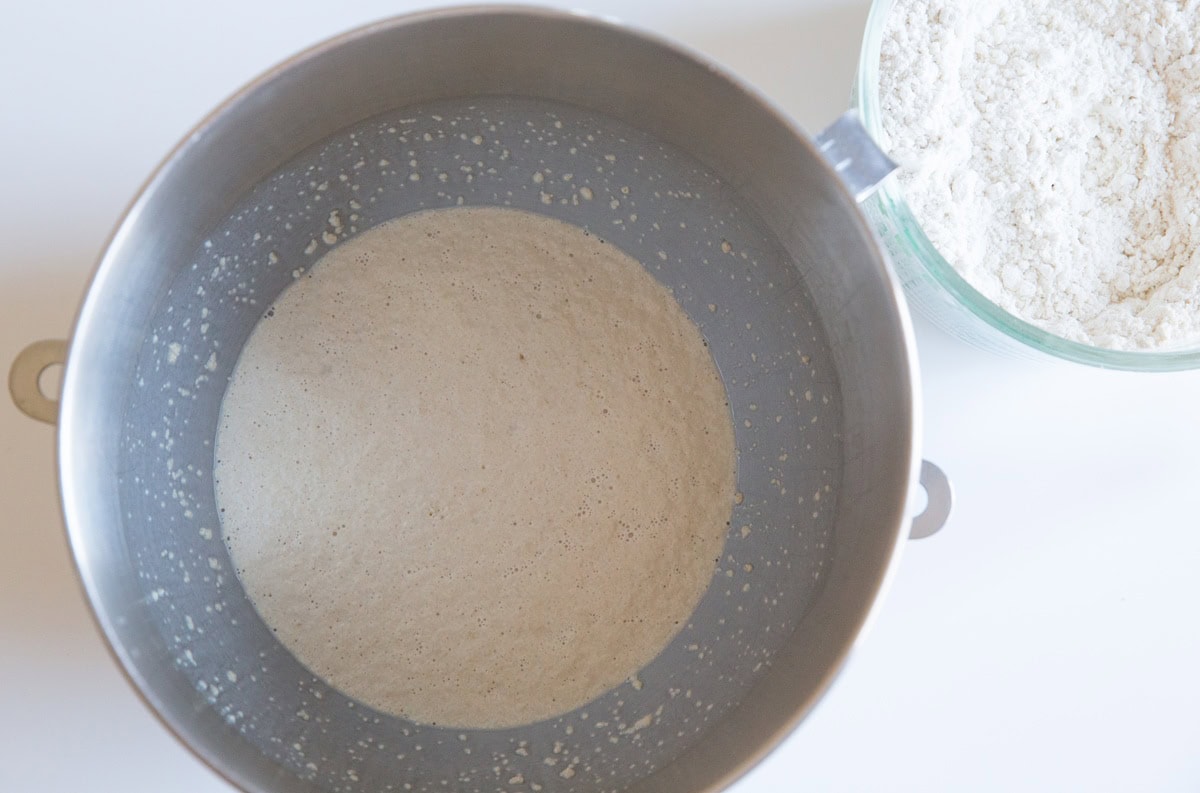
While the yeast is blooming, add the gluten-free flour, baking powder, and sea salt to a separate bowl and stir until well-combined.
Whisk the rest of the sugar, melted coconut oil, and the beaten egg into the mixing bowl with the coconut milk-yeast mixture and mix until well incorporated.
Add half of the flour mixture to the mixing bowl and stir well. Stir in the rest of the dry ingredients, and mix until a thick dough forms. The dough should feel moist but not be overly sticky. If it is too sticky add more flour, 1 to 2 tablespoons at a time.
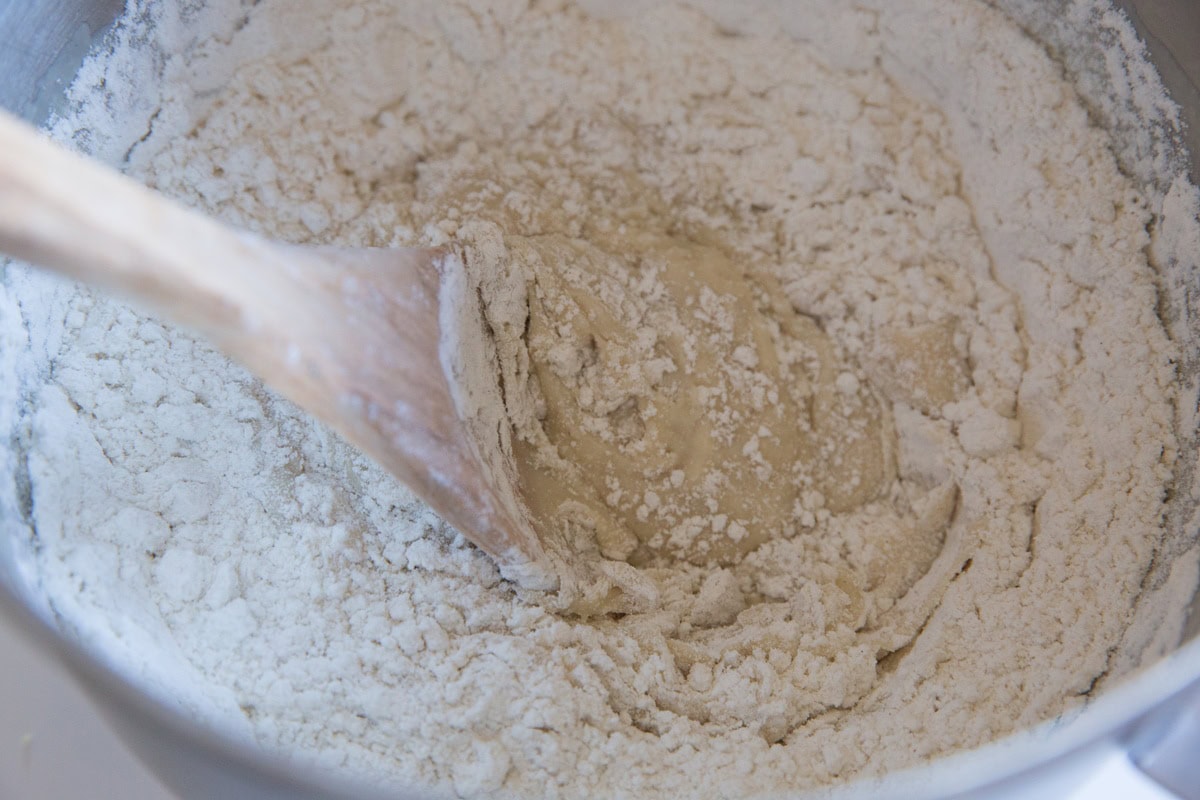
Spread the dough into an even layer or form it into a ball and place it back into the mixing bowl. Cover with plastic wrap then a damp kitchen towel and store in a warm place for 1 to 2 hours, until the dough has doubled in size.
The amount of time this takes will be dependent on the temperature of your house. If you keep your house warm, it will take about an hour. If you have a bread proof function on your oven, you can use it!
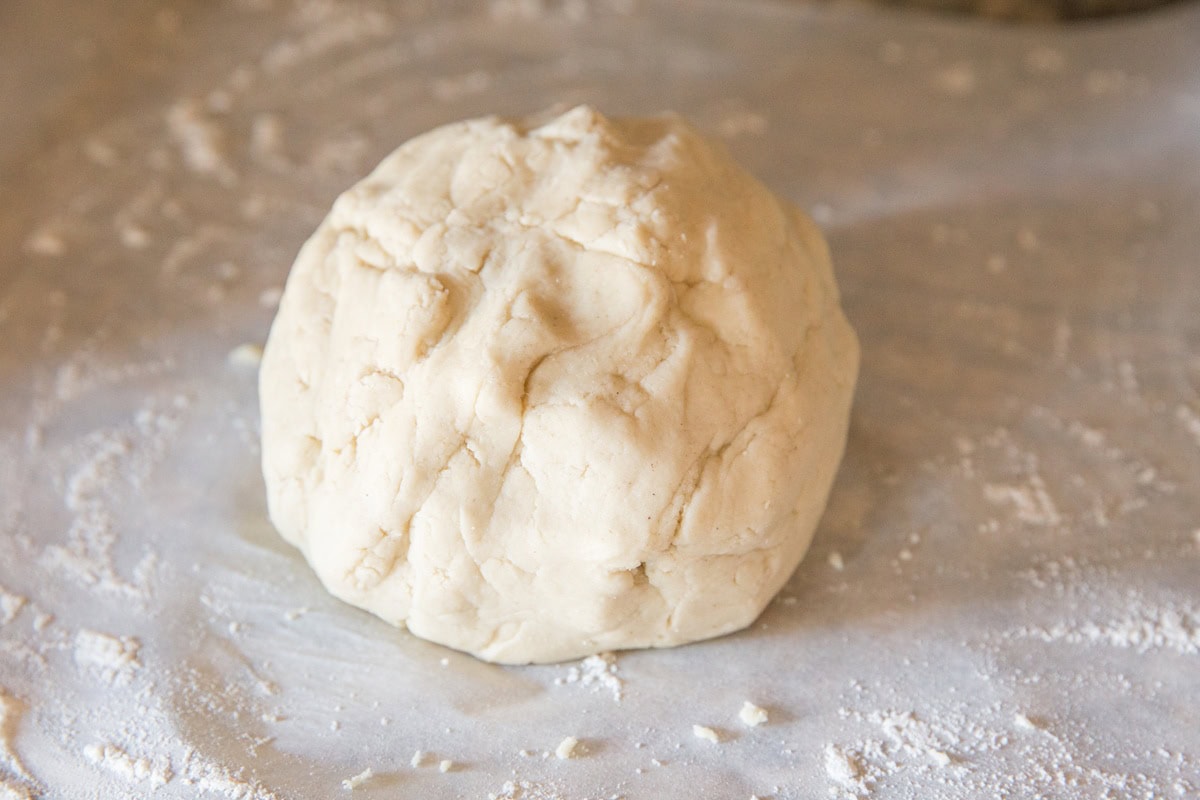
Roll the Cinnamon Roll Dough:
Lay a sheet of parchment paper on your counter and sprinkle it lightly with gluten-free flour.
Transfer the gluten-free dough to the center of the parchment paper, and roll it into a rectangle that is about ¼-inch thick. (note: if you don’t own a rolling pin, you can use a wine bottle or jar of peanut butter to roll the dough).
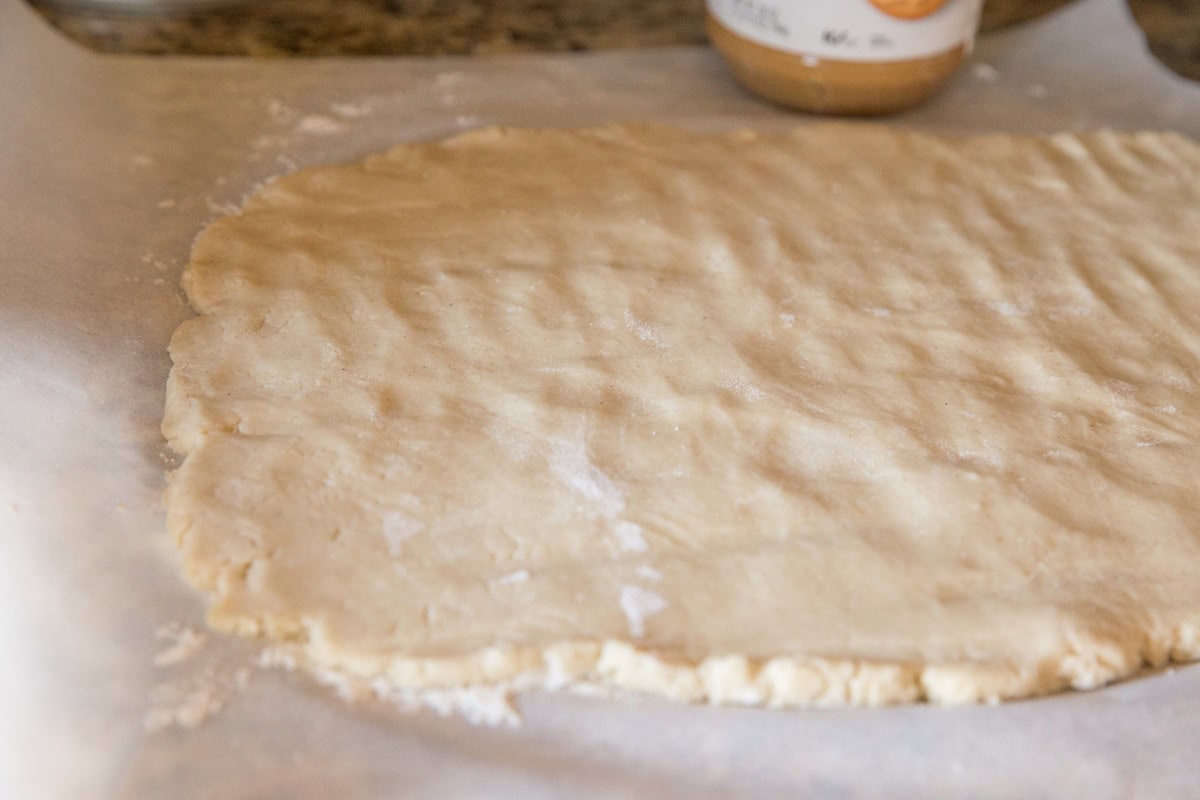
Prepare the Filling:
Measure out ⅓ cup of coconut oil – if it is not very soft, place it in your microwave and hit the defrost button and set the timer for 15 seconds. Keep repeating this until the coconut oil is very soft but not melted. In a mixing bowl or measuring cup, stir together the brown sugar and cinnamon. Note that it won’t mix together very easily…it’s okay!
Spread the coconut oil over the cinnamon roll dough. You may not need to use all of the coconut oil, but be sure the dough is very generously coated. Sprinkle the cinnamon and brown sugar mixture over the dough, leaving about ½-inch around the edges.
Press the cinnamon sugar into the dough gently with your hands.
Roll the Cinnamon Roll Dough:
Assertively roll the dough into a log shape. The easiest way to do this is to use the parchment paper to help roll the dough onto itself, then gently pressing the dough over the parchment paper to ensure it holds together. Note: you may need to press the dough together if it begins to break apart in any areas.
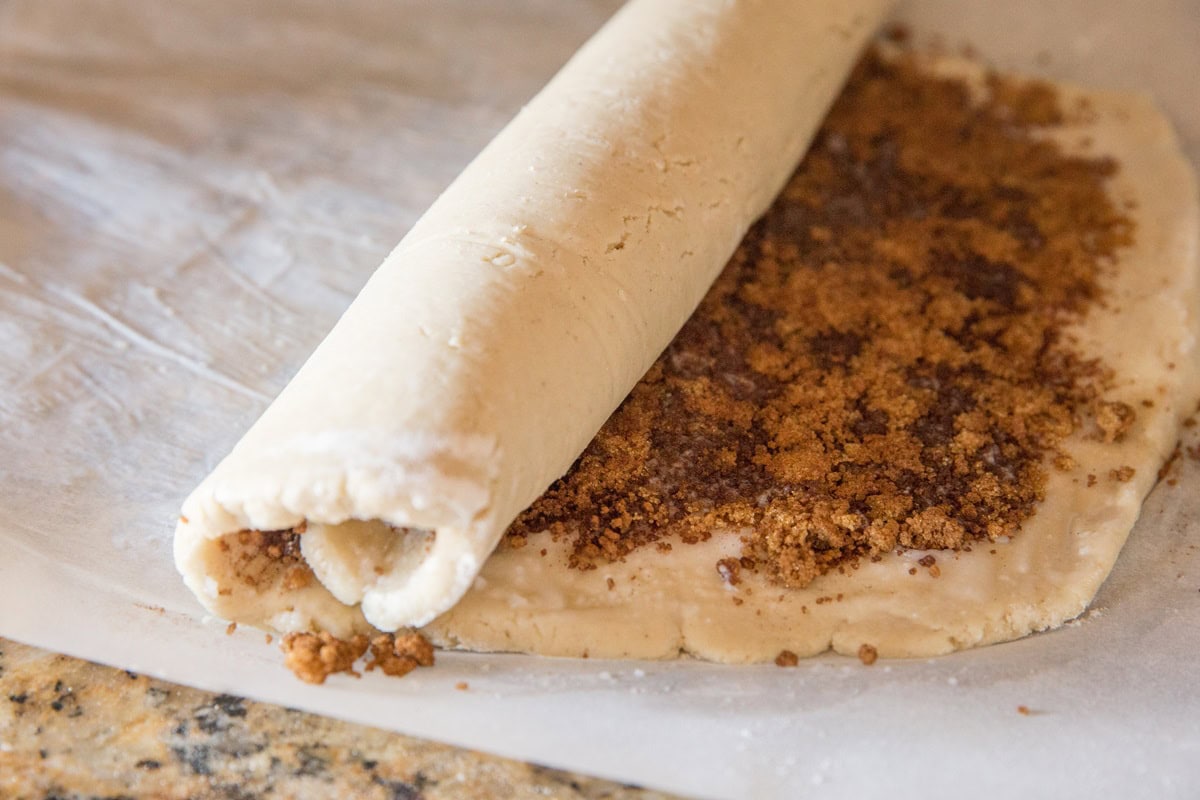
Once you have your log of dough, use a serrated sharp knife to cut it into 10 to 12 equal-sized pieces, about 1-inch wide each.
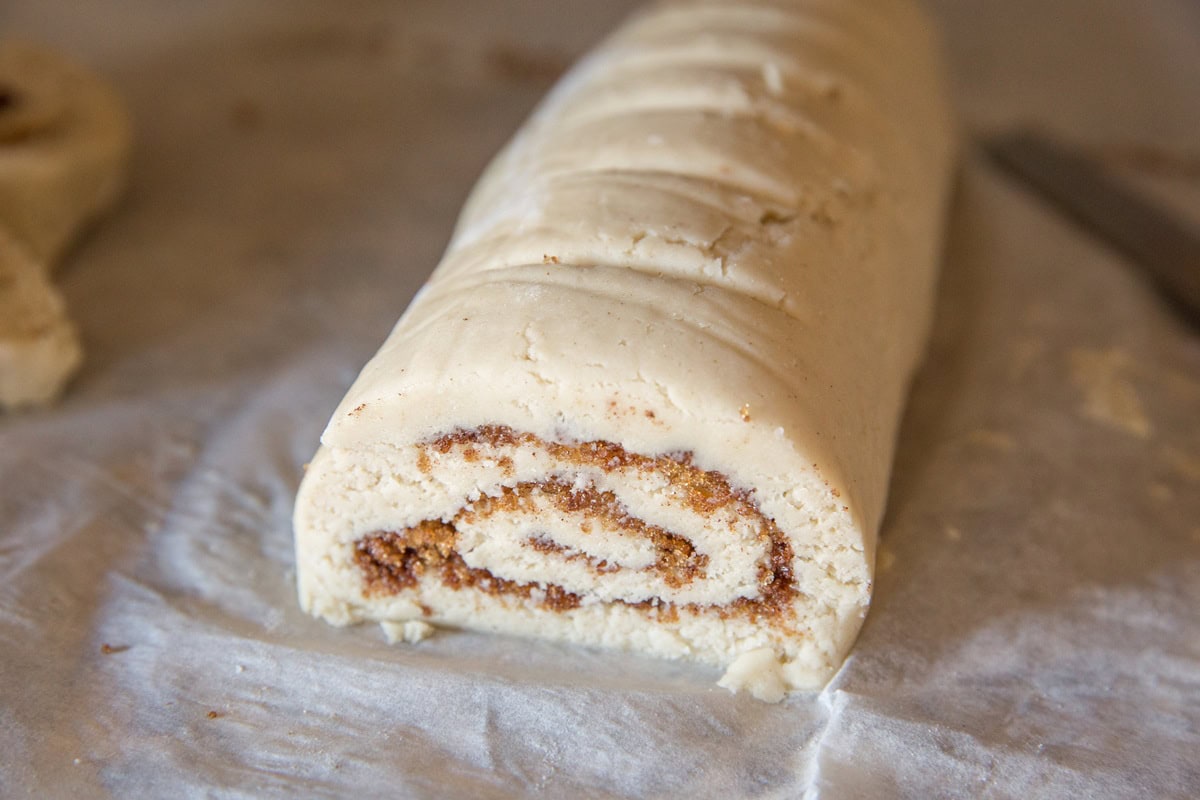
Grease a 9-inch round or 9-inch square baking pan with a generous amount of coconut oil (or butter if using).
Transfer the raw cinnamon rolls to the greased baking dish. Cover with a sheet of plastic wrap and let the dough rise another 30 to 40 minutes.
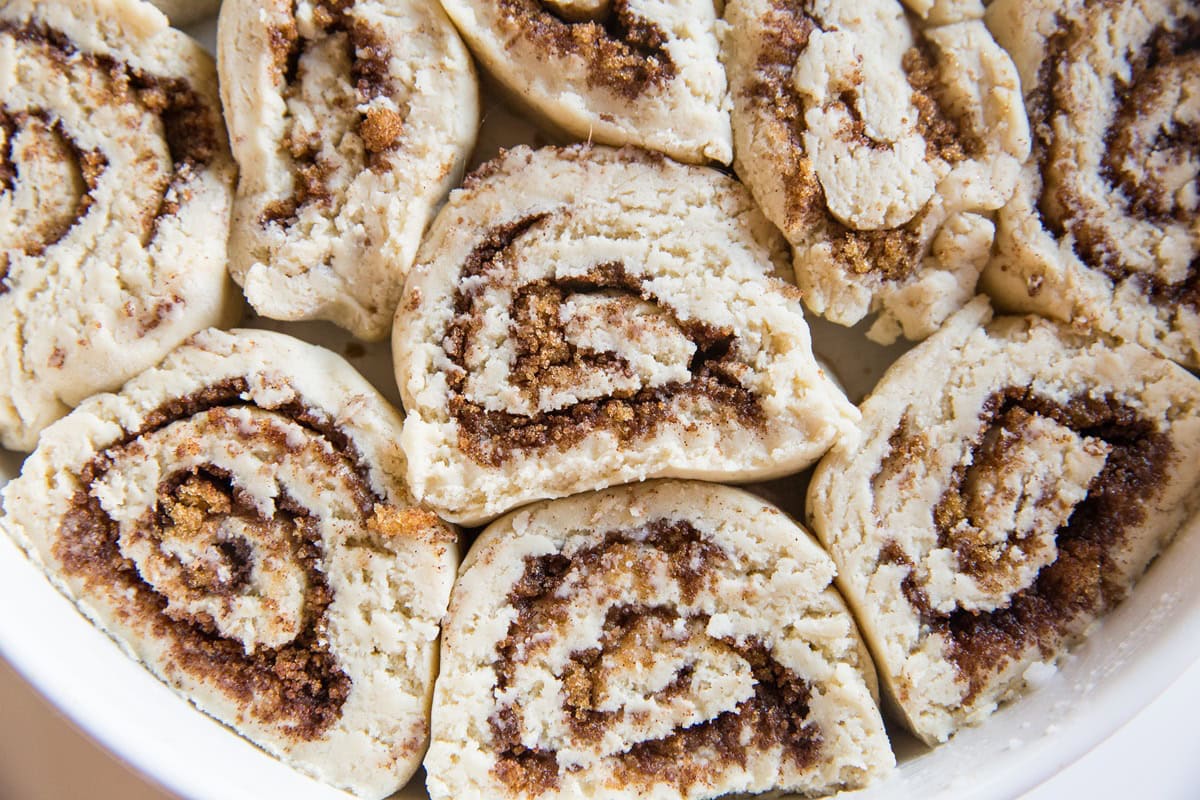
After this period, there shouldn’t be any wide gaps between the rolls as the rising should fill them in. If desired, melt 3 tablespoons of coconut oil (or butter, ghee, or vegan butter spread) and pour it evenly over the cinnamon rolls before baking.
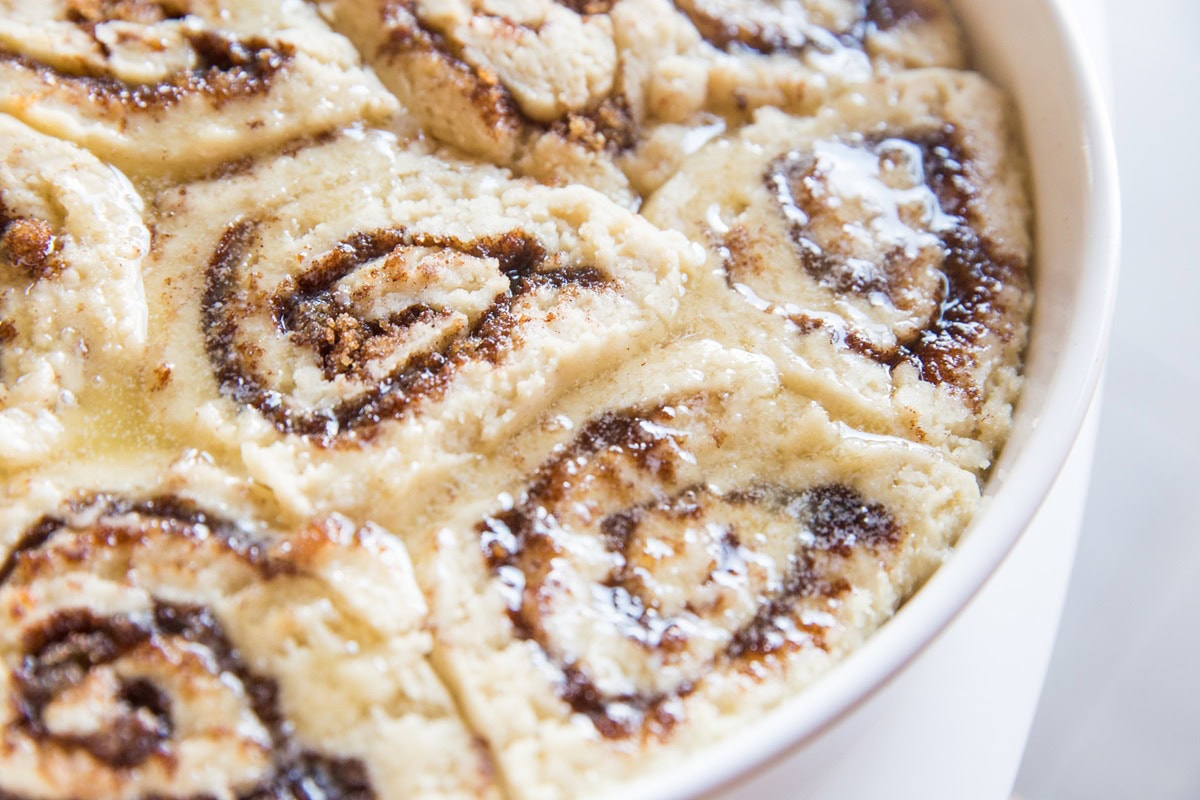
Preheat the oven to 350 degrees F. Bake the cinnamon rolls for 20 to 25 minutes, until they barely begin to turn golden brown. Remove the cinnamon rolls from the oven and prepare the frosting/glaze.
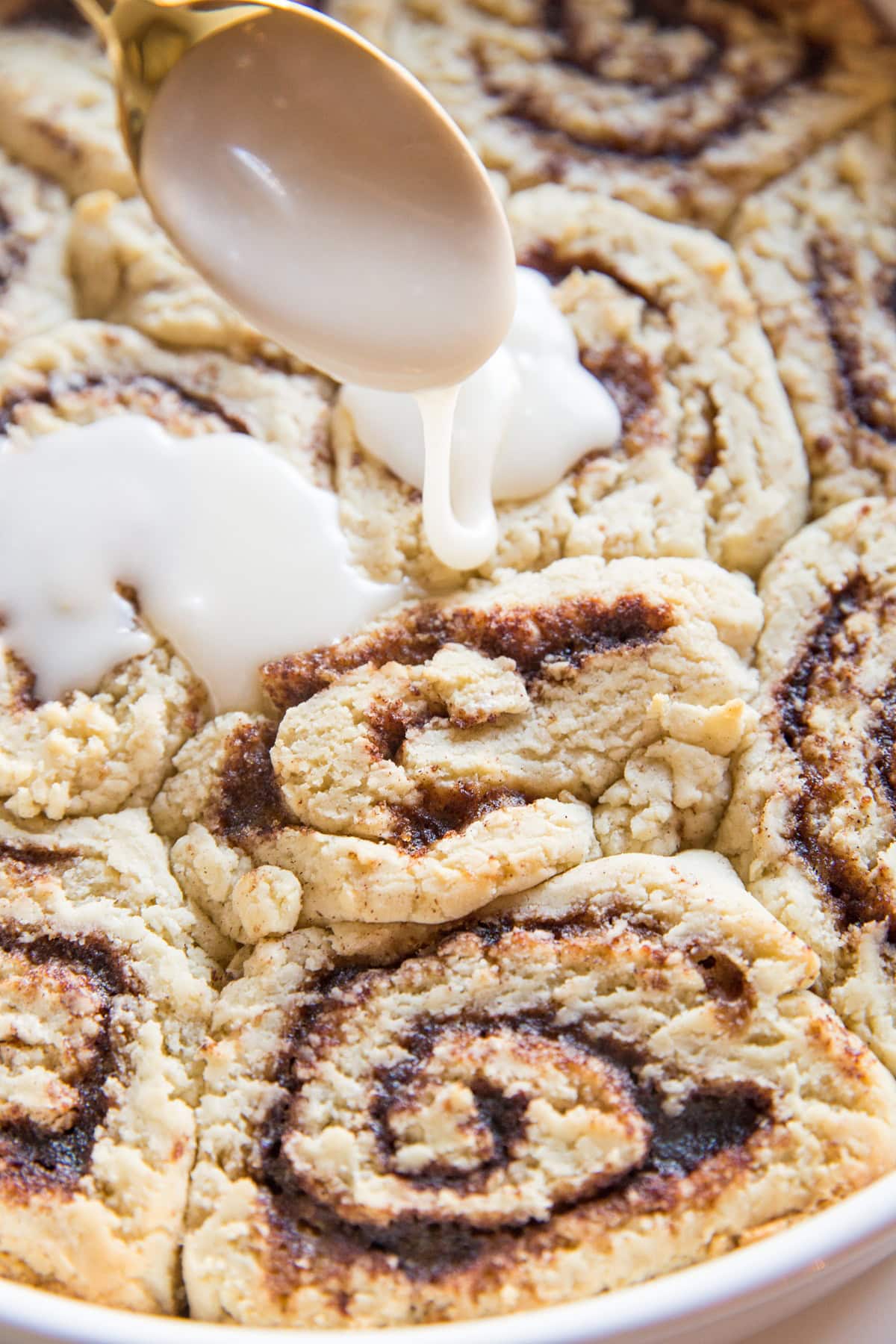
Storage Options:
- Room Temperature: Cover the pan with plastic wrap and keep on the counter for up to 3 days.
- Refrigerator: Store leftovers in an airtight container in a refrigerator for up to 1 week.
- Freezer: Freeze for up to 3 months.
Recipe Adaptations:
- Replace the coconut milk with eggnog.
- Add ¼ tsp nutmeg to the filling if you like a festive spice.
- If you do dairy, you can replace the coconut milk with 1 cup of whole milk and ¼ cup of melted butter in the cinnamon roll dough. Swap the coconut oil for softened butter in the filling, and replace the coconut milk for butter in the icing.
- Use sugar-free brown sugar instead of regular brown sugar to make cinnamon rolls lower carb.
- If you aren’t dairy-free, spread homemade cream cheese frosting over your sweet rolls.
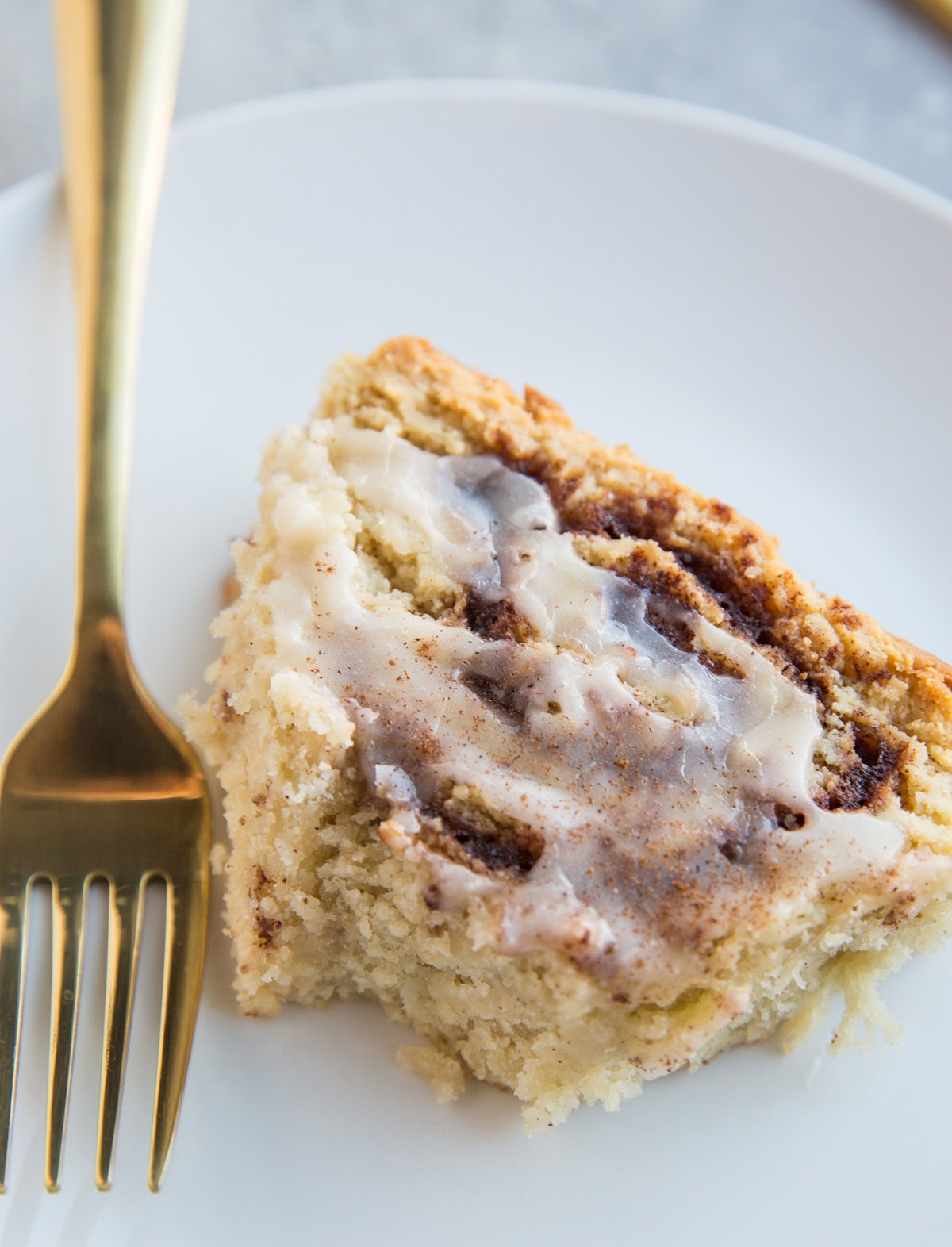
My Pumpkin Cinnamon Rolls , Almond Flour Coffee Cake, and Snickerdoodle Paleo Pancakes are also great ways of getting that sweet cinnamon fix.
If you love baking cinnamon rolls, also try these treats.
More Cinnamon Roll Recipes:
- Gluten-Free Pecan Sticky Buns
- Yeast-Free Greek Yogurt Cinnamon Rolls
- Maple Pecan Vegan Cinnamon Rolls
- Pumpkin Cinnamon Rolls
Enjoy these gluten free cinnamon rolls the next time the craving strikes!
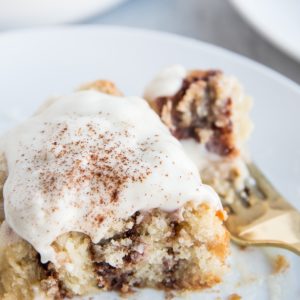
Dairy-Free Gluten-Free Cinnamon Rolls
Ingredients
For the Cinnamon Rolls:
- 1 1/4 cups full-fat canned coconut milk
- 2 Tbsp coconut oil melted
- 1/2 cup granulated sugar divided
- 2 1/4 tsp (1/4-oz pouch) active dry yeast
- 1 large egg whisked
- 1 Tbsp pure vanilla extract
- 3 cups gluten-free all-purpose flour
- 2 tsp baking powder
- 1/2 tsp sea salt
Filling:
- 1/3 cup coconut oil softened
- 1/2 cup brown sugar or sugar-free brown sugar
- 2 Tbsp ground cinnamon
Frosting:
- 1 cup powdered sugar or sugar-free powdered sugar
- 2 Tbsp water
- 1/2 tsp pure vanilla extract
Instructions
Make the Cinnamon Roll Dough:
- Heat the coconut milk and 1 tablespoon of the sugar to about 110 to 115 degrees F in a large mixing bowl (you can do this either on the stovetop or in the microwave). Transfer the coconut milk to the mixing bowl and sprinkle the yeast on top. Whisk well until incorporated into the coconut milk. Allow this mixture to sit for 8 to 10 minutes, until the yeast is very fragrant and the mixture appears foamy.
- While the yeast is blooming, add the gluten-free flour, baking powder, and sea salt to a separate bowl and stir until well-combined.
- Whisk the rest of the sugar, melted coconut oil, and the beaten egg and vanilla extract into the mixing bowl with the coconut milk-yeast mixture and mix until well incorporated.
- Add half of the flour mixture to the mixing bowl and stir well. Stir in the rest of the flour mixture, and mix until a thick dough forms. The dough should feel moist but not be overly sticky.
- Spread the dough into an even layer or form it into a ball and place it back into the mixing bowl. Cover with plastic wrap then a damp kitchen towel and place in a warm part of your house for 1 to 2 hours, or until the dough has about doubled in size.
Make the Cinnamon Rolls:
- Lay a sheet of parchment paper on your counter and sprinkle it lightly with gluten-free flour. Transfer the cinnamon roll dough to the center of the parchment paper, and roll it into a rectangle that is about ¼-inch thick.
- Spread the coconut oil over the cinnamon roll dough. Sprinkle the cinnamon and brown sugar over the dough. Press the cinnamon and sugar gently into the dough using your hands.
- Roll the dough into a log shape. The easiest way to do this is to use the parchment paper to help roll the dough onto itself, then gently pressing the dough over the parchment paper to ensure it holds together.
- Use a serrated knife to cut it into 10 to 12 equal-sized pieces, about 1-inch wide each.
- Grease a 9-inch round or 9-inch square baking pan with a generous amount of coconut oil (or butter if using).
- Transfer the uncooked cinnamon rolls to the greased pan. Cover and allow rolls to sit and rise another 30 to 40 minutes.
Bake the Cinnamon Rolls:
- Preheat the oven to 350 degrees F. Bake the cinnamon rolls for 20 to 25 minutes, until they barely begin to turn golden brown.
- While the cinnamon rolls are baking, stir together the ingredients for the frosting. Use more or less water depending on your desired thickness. Drizzle the icing over the cinnamon rolls and serve.
Notes
Nutrition
Frequently Asked Questions:
Are These Exactly Like Regular Cinnamon Rolls?:
No. The gluten in regular all-purpose flour creates a tightly bound stretch, which results in fluffy airy texture, which simply is not present in gluten-free flour. These gluten-free cinnamon rolls are fluffy and cake like, but the texture is more crumbly than regular cinnamon rolls.
In addition, the fact that the cinnamon rolls are dairy-free means they don’t have an unmistakable butter flavor, however, they do have creamy rich flavor from the coconut milk and coconut oil.
What if I keep my house cool?
If your home is on the cooler end, you can put the dough in the oven and preheat it to the lowest heat setting (usually 170) just for a couple of minutes as the oven heats up. Turn off the oven before it gets to 150 and allow the dough to sit in the warm oven.
Why didn’t my yeast activate?
Firs, check the expiration date of the yeast. If it isn’t expired and the yeast doesn’t bloom when you mix it with the coconut milk (i.e. doesn’t appear foamy or smell yeasty), it is likely that your coconut milk wasn’t warm enough and you’ll need to start over. The recipe simply won’t work unless the yeast is active.
Can I bake this in muffin tins?
Yes! Feel free to make individual cinnamon rolls in a muffin tin.

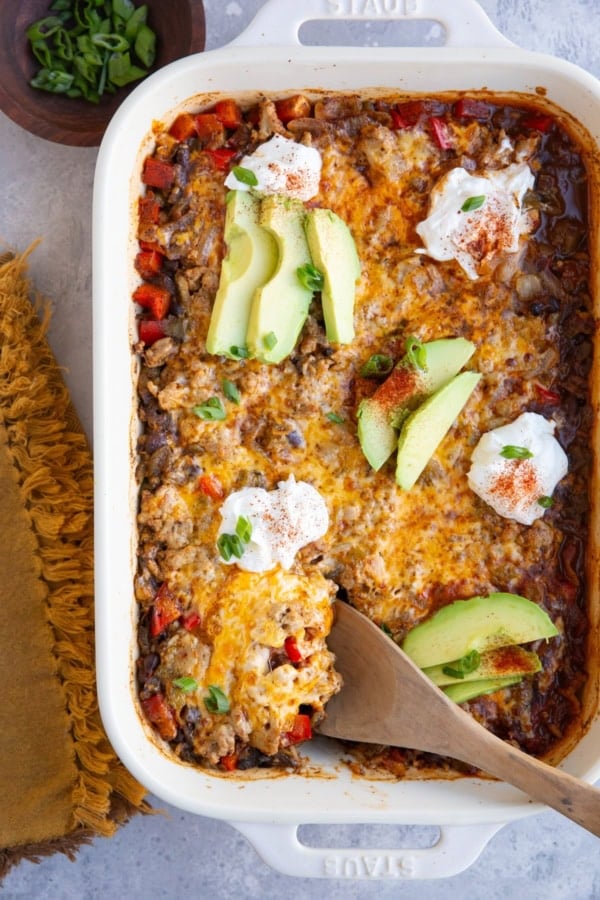
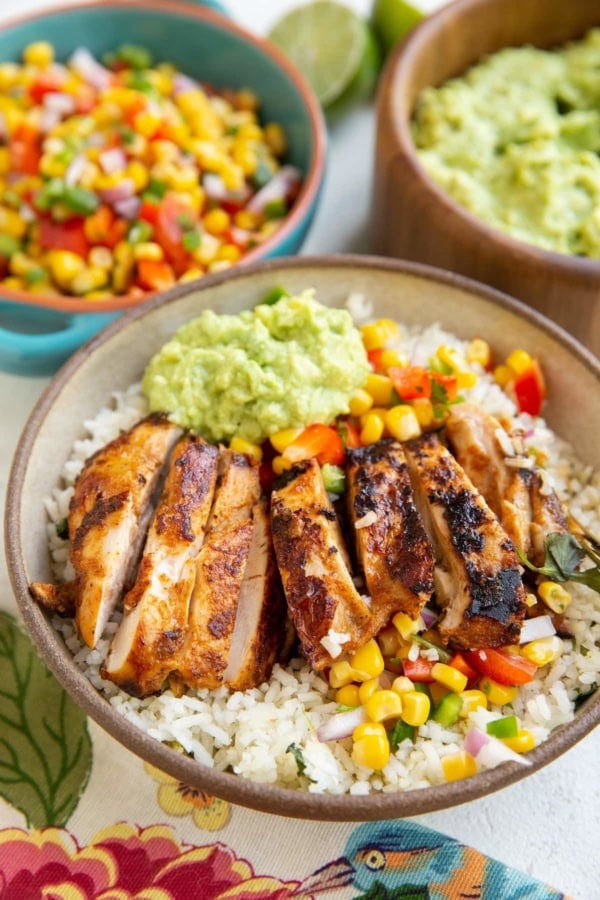
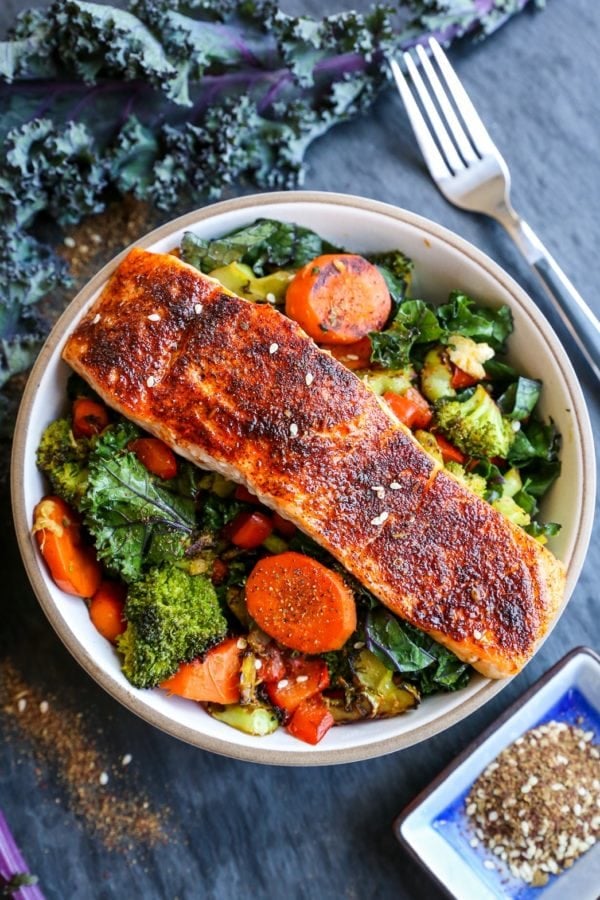
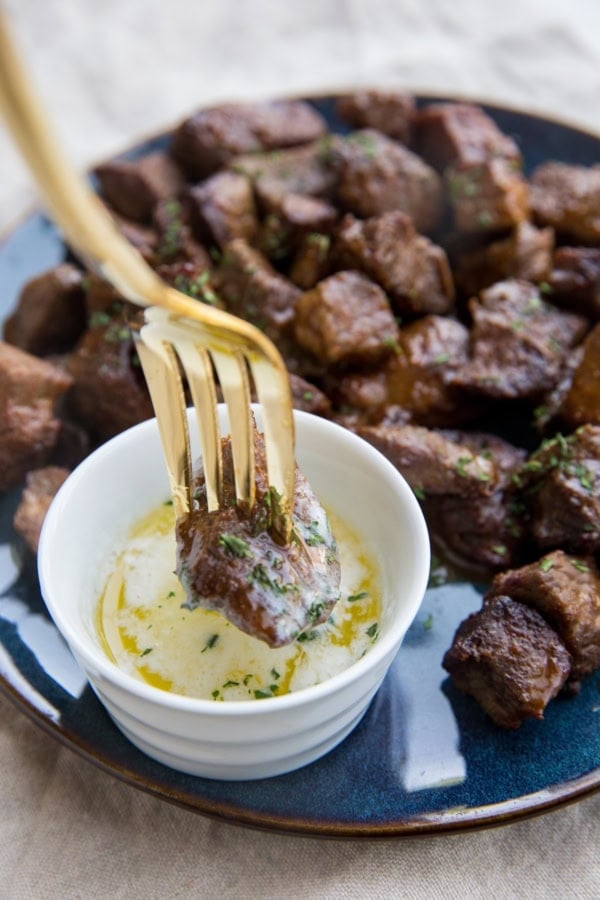









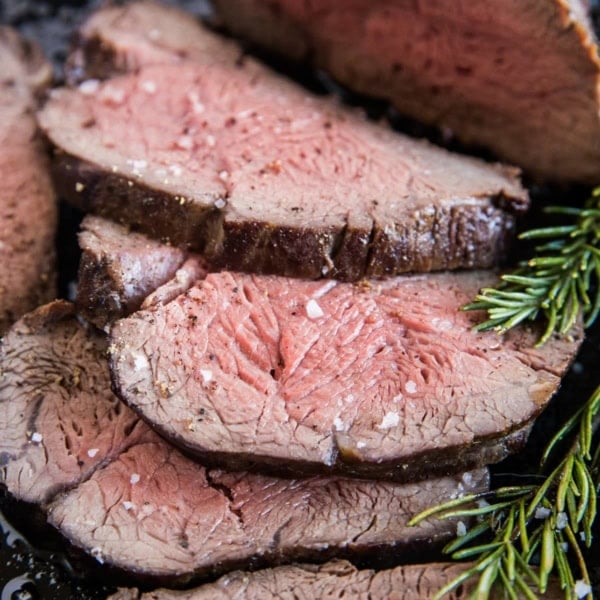
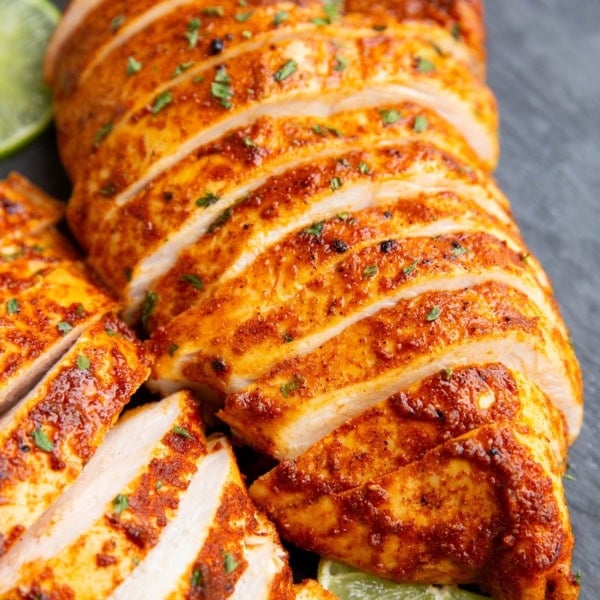
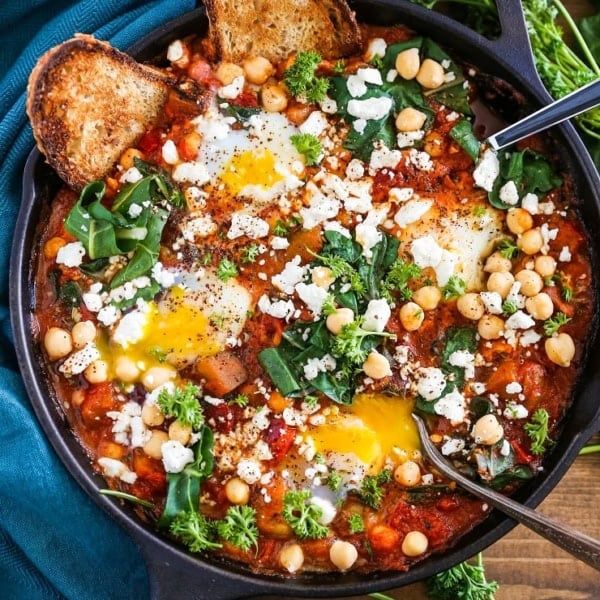
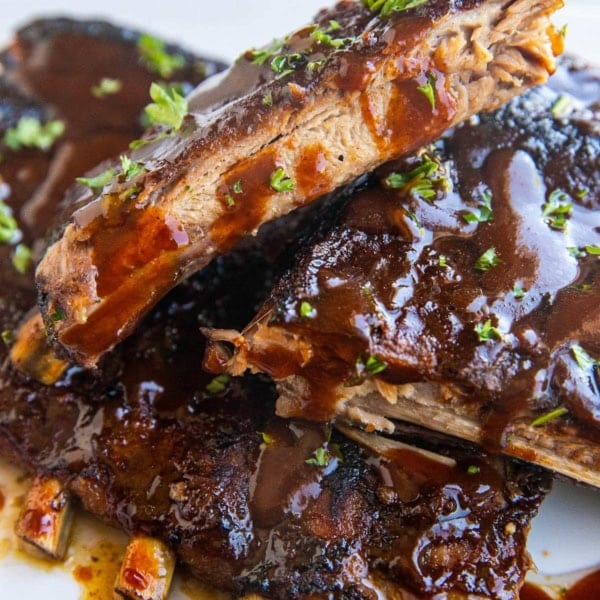
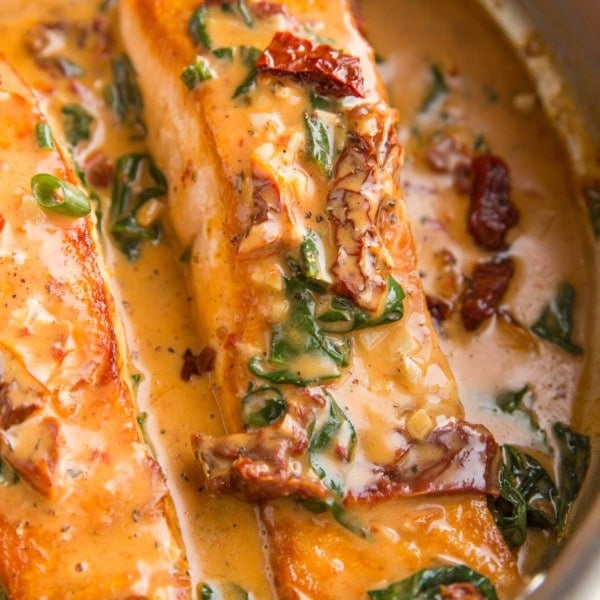
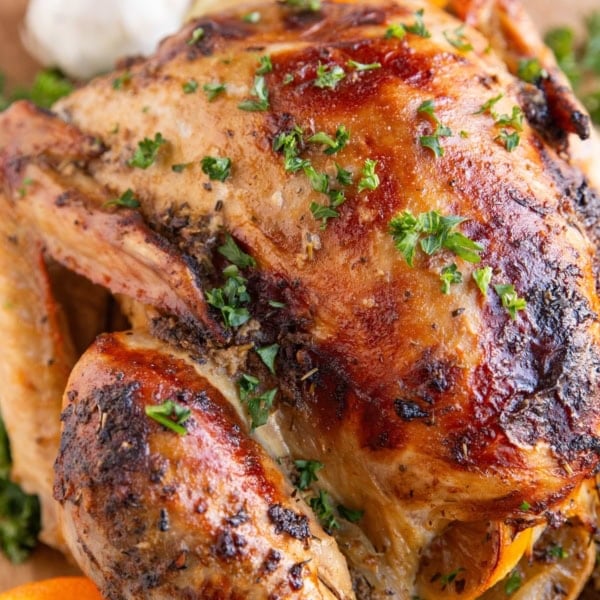
Hello! Could I make the dough today and bake them tomorrow morning?
Hi there! I haven’t made the dough in advance and baked it the next day, myself so I can’t speak to whether or not it works with this particular recipe; however, I know a lot of people make cinnamon roll dough ahead of time and it works out great. If you’re okay with experimenting, it’s worth a shot. Otherwise, it would be best to bake it off as directed just in case there’s anything different in the chemistry of this recipe versus regular cinnamon rolls. I hope this helps!
Sorry one more question, is date sugar an okay sub?
I imagine it will work just fine as long as it can be used as a 1:1 replacement for regular sugar 😉
For those of us with proof function on the oven, how long do you suggest we leave it in? Also, are we covering with plastic and damp kitchen towel?
Also, you can use apple sauce instead of an egg, i think one egg = 1/4 c applesauce and adds a little sweetness and moisture , so it should work!
Hi Julie!
I actually have never used a proof function on an oven so I’m not sure how long it would go in. If you’ve made cinnamon rolls in the past using that function, I would leave them in for the same amount of time as you did in the past, as this is a fairly standard recipe. No need to cover the bowl in plastic – I just use a damp kitchen towel. I’m not sure how the rolls will turn out replacing the egg with applesauce, but if you’ve had success with this in the past (sounds like you have), it may be worth a try. My only concern is eggs are paramount in gluten-free recipes for helping ingredients bind together. The dough is already not as sticky as a regular cinnamon roll dough so I feel like the egg is pretty crucial. Without having tested it with applesauce myself, I can’t be sure. Wish I had clearer answers for you! Let me know what you end up doing! xo
Hi there! I want to prep these today to bale tomorrow morning…will that work? Thank you Julia! Merry Christmas Eve!
Hi Christine!
Yes, absolutely! You can bake them up today and serve them tomorrow. I always recommend heating them in the oven or microwave before serving because they’re so tasty when warm 🙂 Hope you enjoy!
Hi! Where is best to store these? Fridge? Or covered on counter?
Hi Meredith! I cover the dish in plastic wrap and store them in the refrigerator 😀 xo
Wow, I had to add so much more flour to make it less sticky. Not sure why? I had to add almost about 3/4 cup more flour. The dough was extremely sticky. I’m positive I measured correctly.
@Lianne, What brand of gluten-free flour did you use? There’s a big difference between brands in how much liquid they absorb.
@Julia Mueller, same issue as Lianne and we use Bob’s 1:1. I added 2 heaping tablespoons and thought it could use a little more but wanted to stay truer to the recipe.
Hi Brendan,
Did you make any substitutions to the recipe? For instance, did you use light coconut milk instead of full-fat canned coconut milk?
@Julia, good point, dairy milk, probably ended up being 4% fat.
Ah okay…I think that may be the culprit. Full-fat canned coconut milk is mug thicker (and as you pointed out, fattier), which changes the consistency considerably. I’m sure it’s possible to make GF cinnamon rolls work with milk, though!
I can’t do the yeast. Would these be almost as good without it using the baking powder and soda combined?
Hi Jodi,
I haven’t had success replacing yeast with baking soda and baking powder, but if you have in other recipes, it’s worth a try. Let me know how they turn out!
A egg is dairy
Eggs are not dairy. Dairy is milk (or milk products). Eggs are not milk. https://www.healthline.com/nutrition/are-eggs-dairy
@Jayne,
Eggs and dairy are not even from the same class of animal. Eggs come from chickens which are birds. Dairy is milk from classically a cow (bovine) that is a mammal. Mammals by definition do not lay eggs. Sixth grade education stuff, or first grader of a farmer’s kid.
Can you replace the egg,making this vegan?
@JOYCE CARR, I’ve not made these yet but I’ll be trying them with Aquafaba (liquid from a tin of chickpeas) instead of egg. 3 tablespoons of aquafaba = 1 whole egg.
OOOH, I like that idea! Let us know how it turns out, please! xoxo
Hi there! I haven’t tested the recipe yet using an egg replacer, but I imagine it will work. I do like the idea of using aquafaba, the way Sally recommended. 😀 Let me know if you try it!
Do they taste like coconut?
Hi Melissa!
There’s a faint taste of coconut, but it isn’t strong 😀 If you don’t like the taste of coconut it may be best to go with a different non-dairy milk and vegan butter spread. Hope you enjoy! xoxox